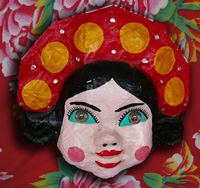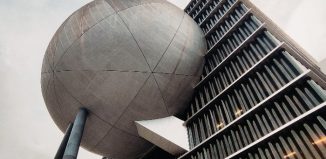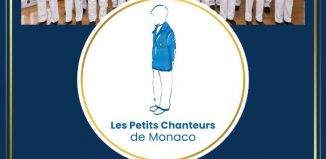Welcome back Ong Honna
 |
The National Symphony Orchestra under the more than capable and intuitive baton of Tetsuji Honna was once again really worth listening to. After a couple of lazy, sometimes discordant, performances over the past couple of months, the players were back to the mellifluous sounds that we associate with them under Honna’s magic direction.
It was great to hear them playing music from the post romantic era. Ravel’s La Valse was interpreted with just the right amount of tension that epitomized the social and political seesawing in post World War I in Europe. One can imagine that its strains tumbled into the music of Kurt Weill and it had enough of the tension and fear of uncertainty in it to have been in the musical Cabaret. A wonderful entrée to the evening’s orchestral meal! It would be a treat if the National ballet would team up with the VNSO and give us La Valse with Balanchine’s 1950’s choreography.
Next came Japanese composer Takemitsu Toru’s A String Around Autumn. This piece for viola and orchestra was first played in Paris in 1989. It was inspired by Makota Ooka’s poem:
sink
don’t sing.
Be simply silent.
Be simple:
a string
to wind around
Autumn
The imaginary landscape evoked in this evocative work is wound through with the hauntingly beautiful and gracious singing of the viola, which represents the human observer. And Japanese soloist Imai Nobuko made the strings sing eloquently as they wound the most wonderful thread of music around and through the auditorium.
To watch her play was to be spellbound. To listen was almost to be held in a wizardry trance.
The orchestra was marvellous too and I hope that we can hear them play more of this composer’s work… with Mr. Honna conducting, of course.
Imai Nobuko took her many bows and then gave us Handel’s Sarabande, transcribed for viola, and as a friend said, it made tears course down his face. I agreed with him that from now my favorite solo instrument will switch from the cello to the viola with its gorgeous contralto tones.
Takemitsu was immensely influenced by Debussy’s music so it was the perfect programming decision to have Debussy’s La Mer complete the night. If you have ever lived near and been in love with the sea you’ll be infatuated with the three symphonic sketches that make up this work. The third movement, Dialogue of Wind and Sea is said to be technically and atmospherically influenced by Japanese painter Hokussai’s The Great Wave of Kanagawa, which was on the cover of the evening’s program. The whole symphony was beautifully interpreted by Honna and beautifully played by the orchestra. You left the Opera House feeling a little of the salty taste of waves on your lips.
The Japanese Embassy co-operates in the presentation of this subscription series and they must be proud of the final outcome… and please give us Imai Nobuko as often as you can.
Again, welcome back Ong Honna and may we have many more concerts under your baton.
![]()
| Not a reviewer, not a critic, “Kiếm Văn Tìm” is an interested, impartial and informed observer and connoisseur of the Hanoi art scene who offers highly opinionated remarks and is part of the long and venerable tradition of anonymous correspondents. Please add your thoughts in the comment field below. |

















